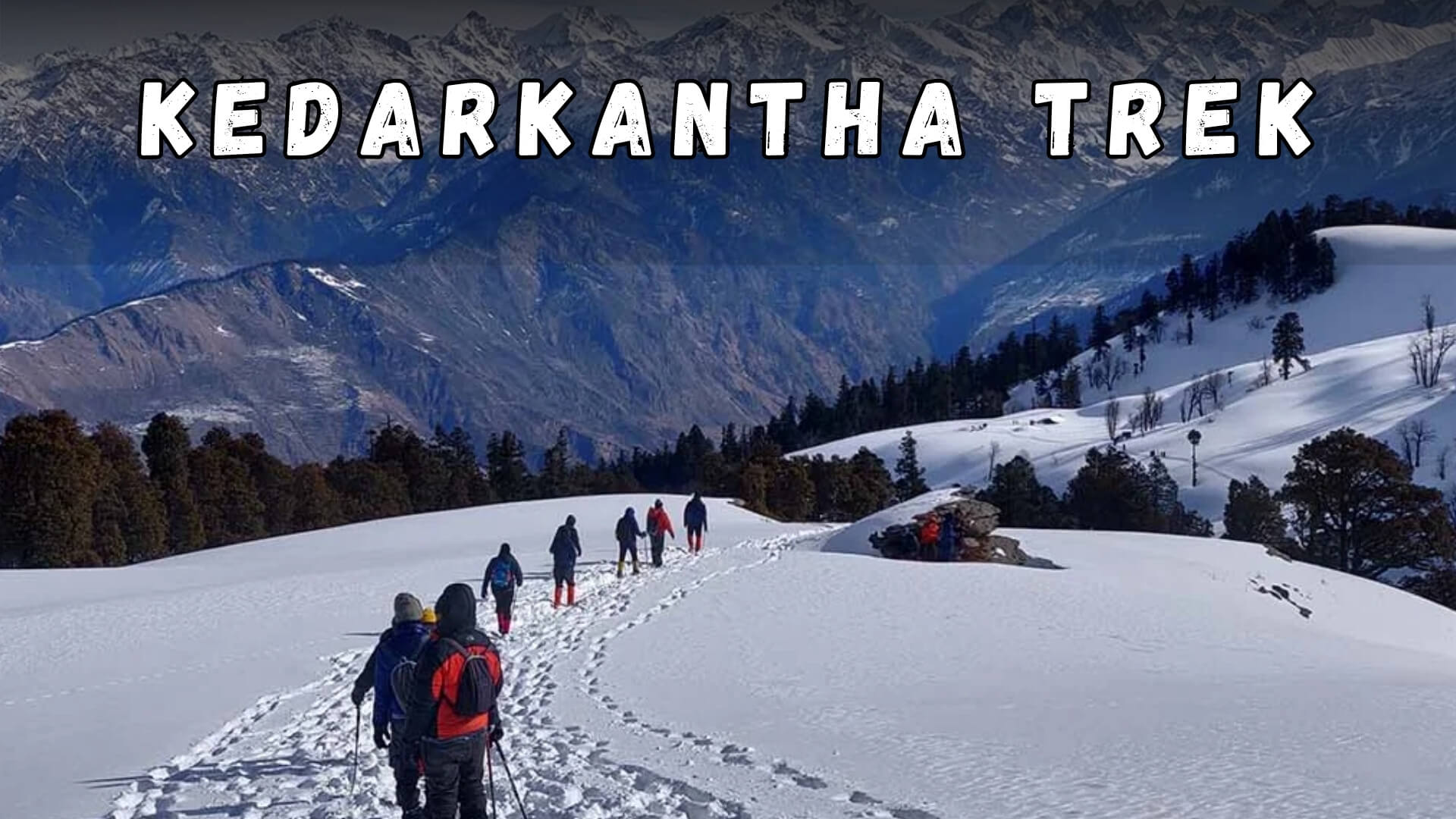Kedarkantha Trek
Kedarkantha is a famous and beginner-friendly trek in India, perfect for those new to
mountain climbing. While Deoriatal Chandrashila is another option for beginners, it
focuses more on scenic views and forests, with its final stretch being a pilgrim trail
that lacks the wild, raw feel of Kedarkantha. No other peak trek offers such an exciting
yet accessible experience for first-timers.
From the very start of the trek, the majestic Kedarkantha peak is visible,
drawing trekkers into its adventure. The trail winds through enchanting pine, oak, and
maple forests, occasionally hiding the summit before revealing it again. The real
challenge begins at the Bhoja Dadi campsite, where a steep climb leads to the summit.
Though tough—especially in winter snow—the ascent feels thrilling rather than
intimidating, making it ideal for beginners. Reaching the top rewards you with
breathtaking views of Mt. Swargarohini, Bandarpoonch, Kalanag, and the Gangotri range.
Kedarkantha isn’t just about the summit—it’s a complete Himalayan experience. You walk
through pristine forests, camp in scenic clearings with unforgettable sunsets, and get a
glimpse of village life in Kotgaon. In winter, when most Himalayan treks close due to
heavy snow, Kedarkantha remains open, offering a rare chance to summit a peak in
snow-covered glory. This makes it India’s most popular winter trek.
While famous for winter, Kedarkantha is equally stunning year-round. Spring brings
blooming rhododendrons and birdsong, while summer turns the meadows lush green with
wildflowers. Autumn transforms the forests into golden shades of yellow and red, and the
summit views become crystal clear. Whether trekking through snow or grassy slopes,
Kedarkantha’s beauty never fades.
At Trip to Trek, we’ve explored Kedarkantha in every season, and it never fails to
impress. With its perfect balance of adventure, accessibility, and breathtaking
landscapes, it’s no surprise we call it the best beginner-friendly summit trek in India.
Whether it’s your first trek or your fiftieth, Kedarkantha promises an experience you’ll
cherish forever.




